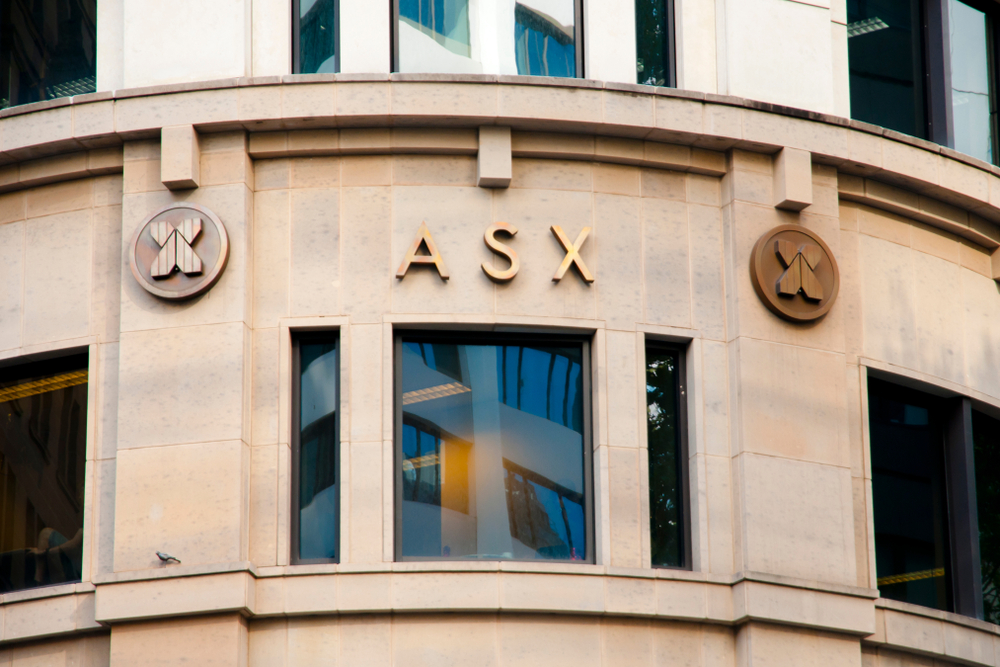Germany Enters Recession in Blow to Europe’s Economy
Second straight quarter of contraction in eurozone’s largest economy might prompt greater caution by central bankers
Germany slipped into recession during the first three months of the year, as households cut spending in response to sharply higher prices for energy and food.
With Europe’s largest economy now having shrunk for two quarters in a row, meeting the technical definition of a recession, the eurozone as a whole may also have also contracted in the first quarter.
The development doesn’t fundamentally alter economists’ views about the country’s immediate prospects, and any decline in output in the broader region is likely to have been modest.
Still, a recession in the eurozone would deflate some of the optimism that has built up around the currency area’s economic prospects in recent months. It could also inspire greater caution among policy makers at the European Central Bank as they prepare to raise interest rates further.
“A technical recession would be a change in the overall narrative on how resilient the eurozone economy has been over recent quarters,” said Bert Colijn, an economist at ING.
Germany’s statistics agency said Thursday that gross domestic product—a broad measure of the goods and services produced by an economy—was 0.3% lower in the three months through March than in the final quarter of last year. It had previously estimated that the economy flatlined in the first quarter, having contracted by 0.5% in the final quarter of last year.
The agency said a 1.2% fall in household consumption was the main reason for the contraction, as households saw their spending power eroded by a surge in food prices. In March, German households were paying 21.2% more for their food purchases than a year earlier.
In the months immediately following the invasion of Ukraine, economists had warned that Germany faced a high risk of sliding into recession, given its reliance on Russian supplies of natural gas. But economic data releases at the turn of the year appeared to indicate that Germany would avoid that fate.
The revised figures for the first quarter confirmed that the world’s fourth-largest economy had succumbed to recession, but one less severe than feared when the Kremlin cut gas supplies in summer 2022.
Business surveys have pointed to a return to growth in Germany during the second quarter. But the impact of higher borrowing costs and a weak expansion in many of its main export markets point to the possibility of a renewed contraction in the three months through September.
“Higher interest rates will continue to weigh on both consumption and investment and exports may also suffer amid economic weakness in other developed markets,” said Franziska Palmas, an economist at Capital Economics who expects declines in GDP during both the third and fourth quarters.
Should the estimates for growth in other eurozone members be unchanged, the new measure of GDP for Germany suggests the currency area’s economy as a whole contracted slightly in the first quarter. The European Union’s statistics agency currently estimates it grew at an annualised rate of 0.3%, after shrinking by 0.2% in the final quarter of last year.
While that change in measured output would be small, it may have an influence on the ECB’s interest rate decisions over coming months. The ECB’s economists raised their growth forecasts for this and subsequent years in March, partly in response to a picture of the eurozone economy at the turn of the year that now appears overly optimistic.
 Copyright 2020, Dow Jones & Company, Inc. All Rights Reserved Worldwide. LEARN MORE
Copyright 2020, Dow Jones & Company, Inc. All Rights Reserved Worldwide. LEARN MORE
This stylish family home combines a classic palette and finishes with a flexible floorplan
Just 55 minutes from Sydney, make this your creative getaway located in the majestic Hawkesbury region.
Continued stagflation and cost of living pressures are causing couples to think twice about starting a family, new data has revealed, with long term impacts expected
Australia is in the midst of a ‘baby recession’ with preliminary estimates showing the number of births in 2023 fell by more than four percent to the lowest level since 2006, according to KPMG. The consultancy firm says this reflects the impact of cost-of-living pressures on the feasibility of younger Australians starting a family.
KPMG estimates that 289,100 babies were born in 2023. This compares to 300,684 babies in 2022 and 309,996 in 2021, according to the Australian Bureau of Statistics (ABS). KPMG urban economist Terry Rawnsley said weak economic growth often leads to a reduced number of births. In 2023, ABS data shows gross domestic product (GDP) fell to 1.5 percent. Despite the population growing by 2.5 percent in 2023, GDP on a per capita basis went into negative territory, down one percent over the 12 months.
“Birth rates provide insight into long-term population growth as well as the current confidence of Australian families,” said Mr Rawnsley. “We haven’t seen such a sharp drop in births in Australia since the period of economic stagflation in the 1970s, which coincided with the initial widespread adoption of the contraceptive pill.”
Mr Rawnsley said many Australian couples delayed starting a family while the pandemic played out in 2020. The number of births fell from 305,832 in 2019 to 294,369 in 2020. Then in 2021, strong employment and vast amounts of stimulus money, along with high household savings due to lockdowns, gave couples better financial means to have a baby. This led to a rebound in births.
However, the re-opening of the global economy in 2022 led to soaring inflation. By the start of 2023, the Australian consumer price index (CPI) had risen to its highest level since 1990 at 7.8 percent per annum. By that stage, the Reserve Bank had already commenced an aggressive rate-hiking strategy to fight inflation and had raised the cash rate every month between May and December 2022.
Five more rate hikes during 2023 put further pressure on couples with mortgages and put the brakes on family formation. “This combination of the pandemic and rapid economic changes explains the spike and subsequent sharp decline in birth rates we have observed over the past four years,” Mr Rawnsley said.
The impact of high costs of living on couples’ decision to have a baby is highlighted in births data for the capital cities. KPMG estimates there were 60,860 births in Sydney in 2023, down 8.6 percent from 2019. There were 56,270 births in Melbourne, down 7.3 percent. In Perth, there were 25,020 births, down 6 percent, while in Brisbane there were 30,250 births, down 4.3 percent. Canberra was the only capital city where there was no fall in the number of births in 2023 compared to 2019.
“CPI growth in Canberra has been slightly subdued compared to that in other major cities, and the economic outlook has remained strong,” Mr Rawnsley said. “This means families have not been hurting as much as those in other capital cities, and in turn, we’ve seen a stabilisation of births in the ACT.”
This stylish family home combines a classic palette and finishes with a flexible floorplan
Just 55 minutes from Sydney, make this your creative getaway located in the majestic Hawkesbury region.






















